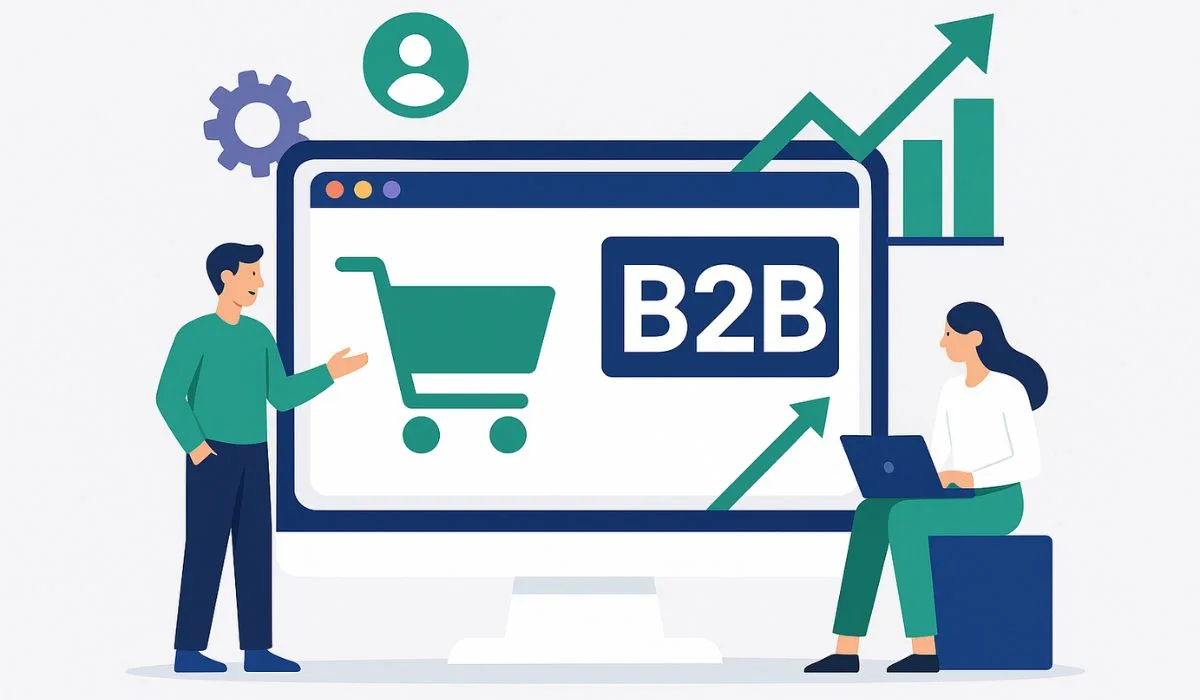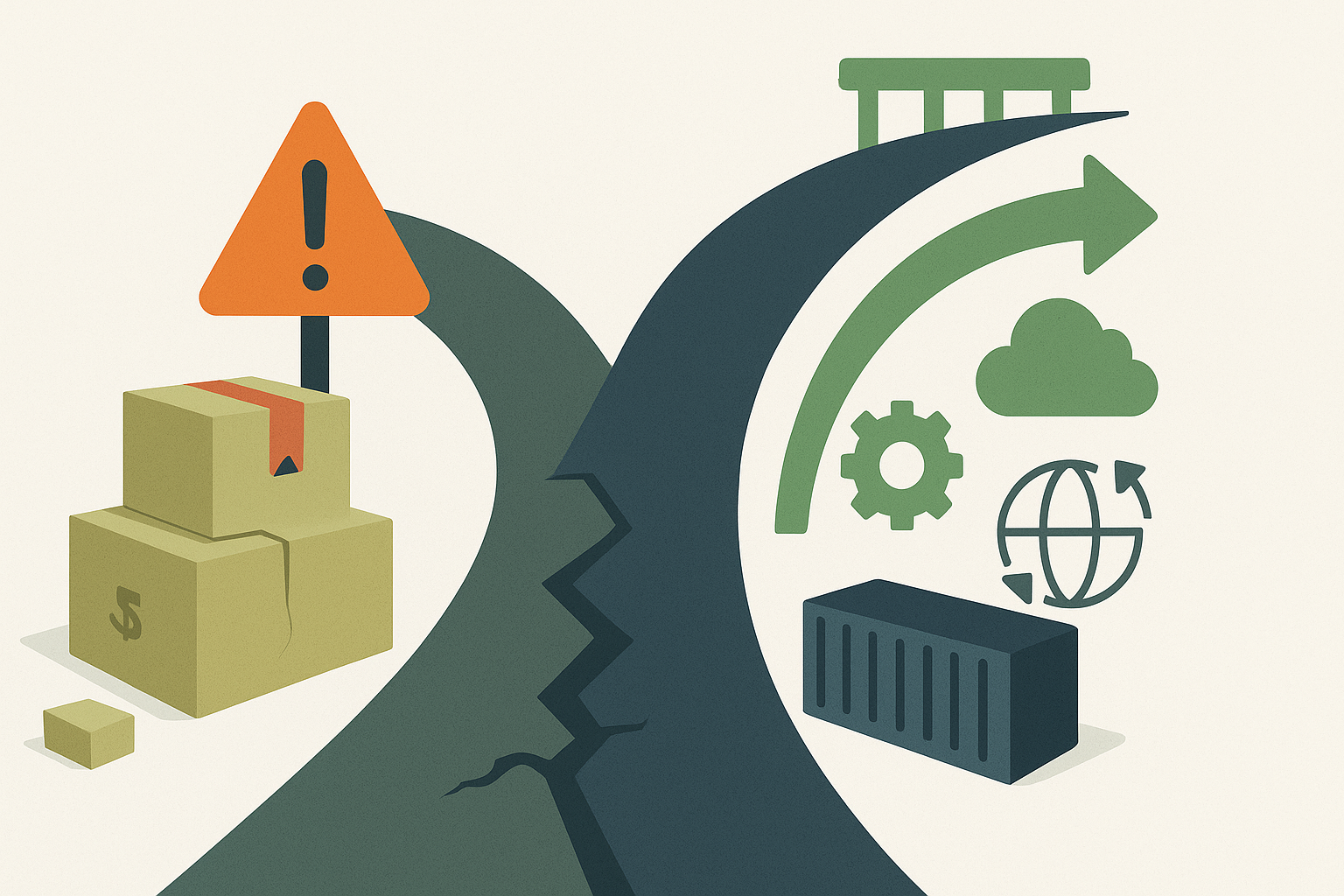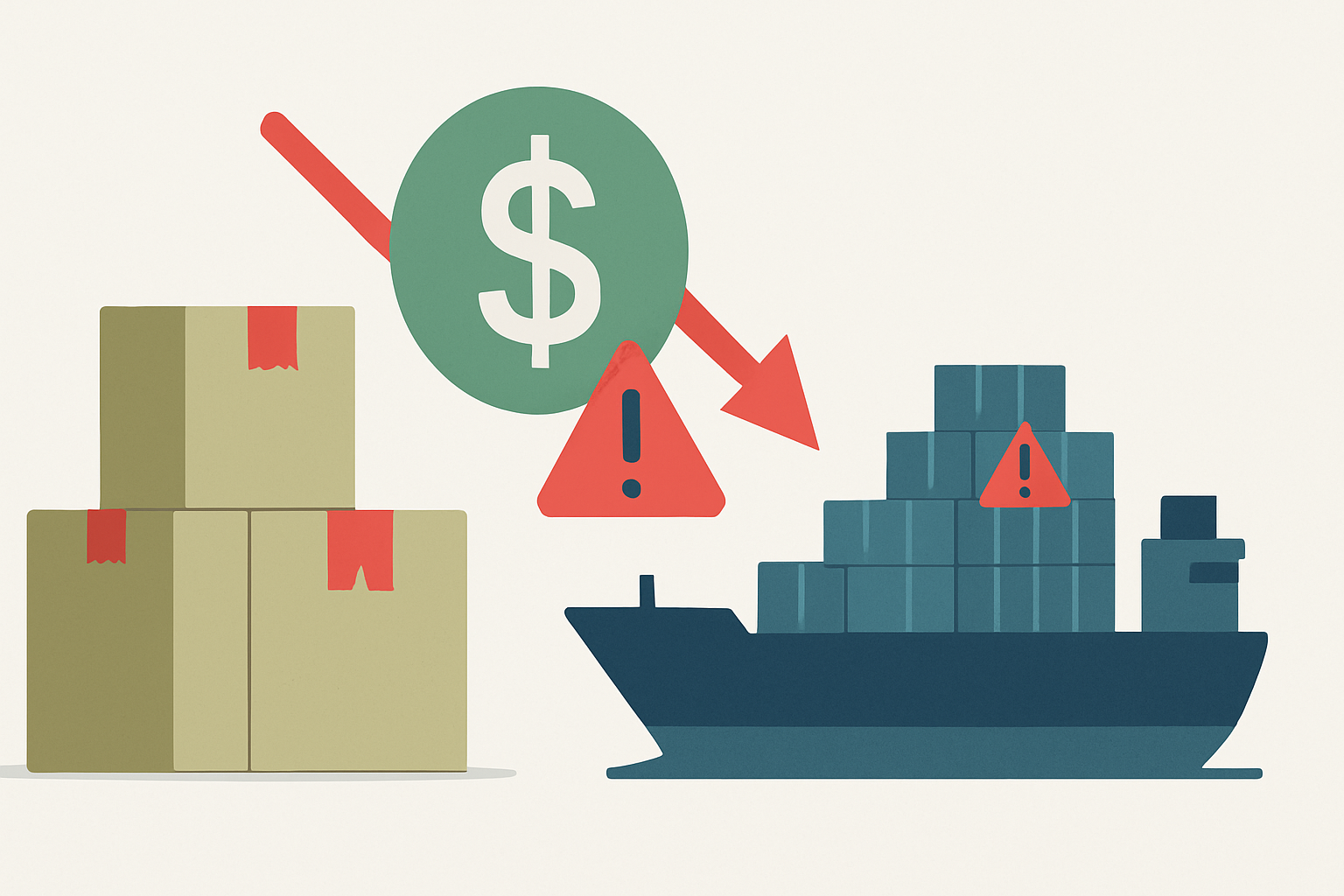eCommerce Isn’t Optional Anymore — It’s Your Best Tariff Survival Strategy
In today’s volatile trade environment, survival isn’t about playing defense. It’s about moving first, fast, and smart. As the United States navigates rising tariffs, shifting global alliances, and unpredictable supply chains, one thing has become clear: eCommerce is no longer optional. It’s your best strategy to absorb impact, adapt at speed, and future-proof your business.
Tariffs are squeezing businesses from both ends — raising the cost of goods and eroding already thin margins. And while policymakers debate long-term trade policies, business leaders can’t afford to wait. If you’re still treating eCommerce like a side channel or backup plan, you’re not just missing opportunity — you’re courting risk.
Tariffs Are Squeezing Margins. eCommerce Helps You Breathe Again.
Rising tariffs are inflating landed costs across categories — from electronics to apparel to industrial components. These increases often get passed on to the customer, but only up to a point. Beyond that, you’re eating into your margin or losing market share.
Here’s where eCommerce changes the game:
- Sell Direct: Cut out intermediaries and regain control of pricing and customer experience.
- Personalize Pricing & Promotions: Use data to adapt prices in real-time based on demand, inventory, and customer segments.
- Dynamic Bundling: Combine low-margin items with high-margin accessories or services in one click.
These are not hypotheticals. They’re tactical levers we’ve seen businesses use successfully to maintain profitability in high-tariff environments.
Lower Overhead: Digital Ordering and Automation Cut the Fat
While tariffs inflate costs, traditional sales models still carry fixed overheads — showrooms, field reps, paper-heavy processes. Going digital is not just about convenience. It’s about leaner, faster operations that can absorb shocks and scale quickly.
- Self-Service Portals: Empower B2B buyers to browse, quote, and reorder on their own schedule.
- Automated Workflows: Sync orders, inventory, invoicing, and shipping with minimal human intervention.
- AI-Powered Insights: Forecast demand, identify cost leaks, and optimize stock positions proactively.
By removing layers of manual input, you’re not just cutting costs—you’re making your business nimbler.
Reduce Geographic Dependency. Tap New Markets Without Borders.
Tariffs often target specific countries or regions. Relying too heavily on one geographic supply chain or customer base exposes you to policy shifts. eCommerce expands your field of play.
- Global Reach: A U.S.-based brand can tap into Canada, Europe, or APAC with localized storefronts and currency support.
- Diversified Logistics: Leverage 3PLs and fulfillment partners to ship from low-tariff or domestic zones.
- Marketplace Strategies: Supplement your DTC site with platforms like Amazon, Walmart, or industry-specific B2B marketplaces.
Each of these reduces dependency on any single tariff-exposed pipeline. More importantly, they unlock new revenue streams without multiplying your fixed costs.
eCommerce Isn’t a Channel. It’s a Strategy.
This is where many companies go wrong. They launch a Shopify site and think they’ve gone “eComm.” But to survive and thrive in a tariff-heavy economy, eCommerce must be a core part of your business model.
It should:
- Influence your procurement and pricing strategies.
- Shape how you hire and train your sales team.
- Drive your marketing and customer retention priorities.
- Be tightly integrated into your ERP, CRM, and inventory systems.
In other words, it must be fully embedded in your operations and culture.
Final Word: Act Now or Risk Falling Behind
We’re not in a wait-and-see moment. We’re in a pivot-or-pay moment.
For U.S. businesses staring down the double barrel of inflation and tariffs, eCommerce is not a luxury or a backup plan. It’s the most adaptable, scalable, and cost-efficient way to build resilience.
At Codup, we don’t just build eCommerce platforms—we build strategies that protect margins, unlock growth, and give your business a fighting edge in uncertain times. If you’re ready to make eCommerce the heart of your survival plan, let’s talk.
Contributors
-

Asim Raza
writer
Business Development Manager



